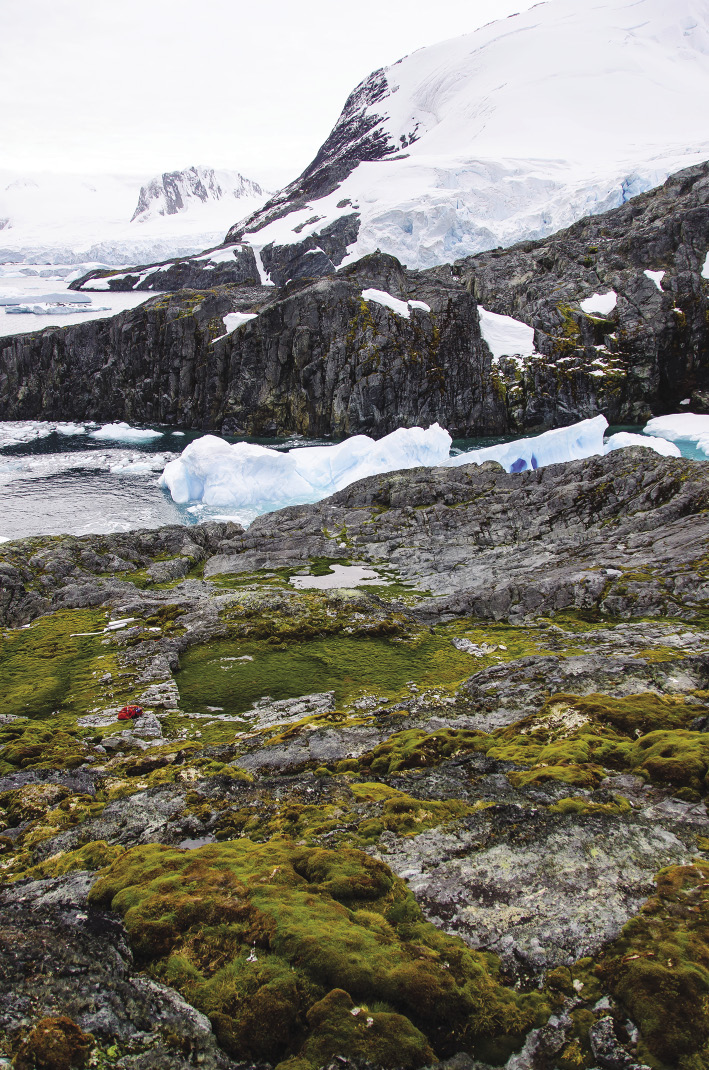- Home
- Publications
- PAGES Magazine
- Carbon In Peat On EArth Through Time (C-PEAT)
Carbon in Peat on EArth through Time (C-PEAT)
Yu Z, Charman D, Beilman DW, Brovkin V & Large DJ
Past Global Changes Magazine
22(2)
92
2014
Zicheng Yu1, D. Charman2, D.W. Beilman3, V. Brovkin4 and D.J. Large5
Peatlands represent the largest carbon (C) pool in the terrestrial biosphere. In the form of peat (organic soils) they store at present ~600 Pg C, accumulated mostly since the Last Glacial Maximum. We know that peatlands played an important role in the global C cycle during the Holocene as also recognized by the IPCC AR5 (Ciais et al. 2013); however, we still lack a full understanding of how sensitive these C-rich ecosystems are in responding to climatic changes. Also, the lack of data and understanding on some fundamental processes, such as peatland lateral expansion, hinders large-scale synthesis and global modeling efforts. Furthermore, we have little idea about the C pool size and dynamics of peat deposits further back in time, such as during previous interglacials, the Pliocene and beyond, and their sensitivity to climate conditions outside the range of the Holocene.
C-PEAT’s goals
The formation of the PAGES' C-PEAT working group follows on the success of community-wide efforts sponsored by PAGES, INQUA, US NSF and UK NERC over the last five years. The effort was initiated with two workshops in 2009 (Jackson and Charman 2010) that resulted in a synthesis paper on northern peatland C during the last millennium (Charman et al. 2013). A recent workshop at Lehigh University in October 2013 (Yu and Loisel 2014) focused on synthesizing our knowledge on northern peatland C dynamics during the entire Holocene. This ongoing effort is built on an expanded database of Holocene peat C records described in Loisel et al. (2014), as part of a special issue in The Holocene on Holocene circum-Arctic peatland carbon dynamics guest-edited by Yu et al. (2014).
C-PEAT aims to synthesize data and knowledge on the evolution of peat C stocks through Earth’s history through collaborations between international peat C researchers working on peat of all locations and ages. We will continue to focus on Holocene peatlands because of abundant information being available, but we will also extend our attention to timeframes beyond the Holocene.
The ultimate goal of the working group is to understand the climatic sensitivity and contribution of peat deposits to the global C cycle by looking at peat dynamics in the past. Paleo peat data are essential not only for documenting C sequestration histories but also for evaluating global climate-carbon cycle models and for projecting future changes.
Planned activities during Phase 1
In the next three years, the working group proposes the following synthesis activities that will allow us to approach a first comprehensive assessment of peat C stocks on Earth through time.
(1) Antarctica and southern peatlands. A workshop held in England in October 2014 was focusing on the processes of peat inception and preservation in Antarctica, and comparisons of waterlogged peatlands versus aerobic peatbanks. This process understanding is critical to projecting future dynamics of peat-forming systems in Antarctica as more ice-free land becomes available in a warming climate. We also plan to synthesize peat C accumulation records in and around Antarctica, including sub-Antarctic islands, Patagonia and other southern high-latitude regions.
(2) Tropical peatlands. We encourage researchers working on tropical peat C history to lead and participate in the effort to synthesize peatland records to reconstruct peatland initiation and C accumulation histories. That effort would contribute to a unified understanding of processes controlling C accumulation.
(3) Pre-Holocene peat and coal. What were peat C stocks before the Holocene? How do the pre-Holocene and Holocene peat C accumulation rates compare? What switched global peat formation on and off in the past? What are the implications of extending peat growth models over time periods that greatly exceed those of the Holocene? What were the impacts of peat C on Earth’s carbon cycle and climate?
(4) Process understanding and modeling. There is an ongoing effort to understand the peatland lateral expansion process, especially for data-rich northern peatlands. This understanding will provide more robust estimates of peatland area change over time and of regional and global peatland C stocks. Also, understanding long-term decomposition is essential for reconstructing peat net C balance and its impact on the global C cycle in the past and in the future. Gaining a better understanding of these processes will contribute to global peat C modeling efforts as well as reconstructions of C sequestration history.
We welcome and invite anyone who is interested in peat C to get in touch with us to lead, contribute to and participate in these community-wide synthesis efforts. Visit the C-PEAT website: https://pastglobalchanges.org/science/wg/peat-carbon/intro
affiliations
1Department of Earth and Environmental Sciences, Lehigh University, Bethlehem, USA
2School of Geography, University of Exeter, UK
3Department of Geography, University of Hawaii at Manoa, Honolulu, USA
4Max Planck Institute for Meteorology, Hamburg, Germany
5Department of Chemical and Environmental Engineering, University of Nottingham, UK
contact
Zicheng Yu: ziy2 lehigh.edu
lehigh.edu
references
Charman D et al. (2013) Biogeosciences 10: 929-944
Jackson ST, Charman D (2010) PAGES news 18, 52 pp
Loisel J et al. (2014) The Holocene 24: 1028-1942

